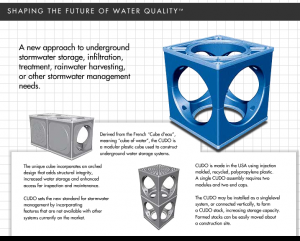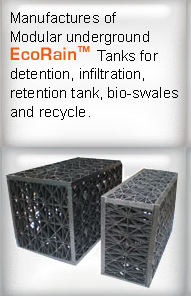Rainwater has been used since the beginning of time for drinking, bathing and cooking by many people of the world. But in our research of the subject, it came to light that the safety of drinking rainwater in our industrial world, has never been tested, until recently.
Here is a study done in Adelaide Australia-
Researchers from Monash University’s infectious disease epidemiology unit recruited 300 volunteer households in Adelaide for the test, the first of its kind.
The research was led by Associate Professor Karin Leder from the Department of Epidemiology and Preventive Medicine in conjunction with Water Quality Research Australia (previously the Cooperative Research Centre for Water Quality and Treatment).
“This is the first study of its kind. Until now, there has been no prospective randomised study to investigate the health effects of rainwater consumption, either in Australia or internationally,” Associate Professor Leder said.
The study involved three hundred volunteer households in Adelaide that were given a filter to treat their rainwater. Only half of the filters were real while the rest were ‘sham’ filters that looked real but did not contain filters.
The householders did not know whether they had a real filter. Families recorded their health over a 12-month period, after which time the health outcomes of the two groups were compared.
“The results showed that rates of gastroenteritis between both groups were very similar. People who drank untreated rainwater displayed no measurable increase in illness compared to those that consumed the filtered rainwater,” Associate Professor Leder said.
This is not to say that there was no illness. Though the households reported 769 episodes of gastroenteritis over the year, there was no statistically significant difference in gastrointestinal illness between ‘real’ versus ‘sham’ filter households.
Adelaide was the location chosen for the study as it the city with the highest use of rainwater tanks in Australia.
Associate Professor Leder said some health authorities had doubts about drinking rainwater due to safety concerns, particularly in cities where good quality mains-water is available. The main concern was susceptibility to contamination with micro-organisms and chemicals.
“This study confirms there is a low risk of illness. The results may not be applicable in all situations; nevertheless these findings about the low risk of illness from drinking rainwater certainly imply that it can be used for activities such as showering/bathing where inadvertent or accidental ingestion of small quantities may occur.
“Expanded use of rainwater for many household purposes can be considered and in current times of drought, we want to encourage people to use rainwater as a resource,” she said.
The study was funded by the National Health and Medical Research Council and Water Quality Research Australia. And the research will be presented at the American Public Health Association 137th Annual Meeting in Philadelphia on November 11, 2009.


 We are consulting on two rain water harvesting systems. One is in the city of San Gabriel, CA and the other in Pasadena, CA. One system is projected to be 12,000 gallons and the other just over 10,000 gallons of water. For both of these projects, we looked at several types of storage systems, all of which are underground units. Both of our projects are being built under either a parking lot or driveway, so they are designed to resist the H-20 loads of large vehicle traffic.
We are consulting on two rain water harvesting systems. One is in the city of San Gabriel, CA and the other in Pasadena, CA. One system is projected to be 12,000 gallons and the other just over 10,000 gallons of water. For both of these projects, we looked at several types of storage systems, all of which are underground units. Both of our projects are being built under either a parking lot or driveway, so they are designed to resist the H-20 loads of large vehicle traffic.


